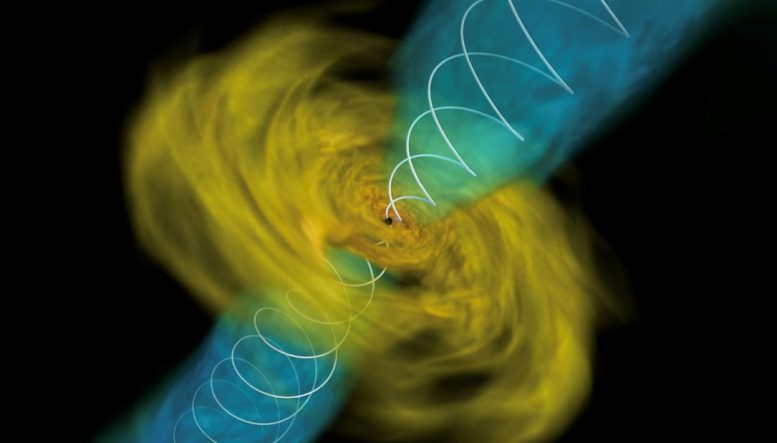
This simulation shows two dense neutron stars colliding. The collision has formed a black hole orbited by a whirlpool of magnetized gas. Some matter emerges in energetic jets and winds that will make heavy elements and flashes of light. Credit: Image courtesy of A. Tchekhovskoy, R. Fernandez, D. Kasen
Nuclear physicists used supercomputers to model the extreme state left behind after two ultra-dense neutron stars merged and formed a black hole. Their models showed how this collision expels the left over matter orbiting the resulting black hole. This situation creates the conditions needed to create the heaviest elements in the universe.
For decades, astronomers and nuclear physicists have worked to understand how and where the heavy elements in the universe were originally made. These computer simulations demonstrate how neutron stars colliding can create and expel heavy elements. These models also illustrate the flashes of light these events generate. That information can help astronomers better detect and study these events.
In August 2017, the collision of a pair of neutron stars became the first event ever detected in both gravitational waves and light. This event gave scientists a new window into the behavior of matter and gravity under extreme conditions.
Much of our understanding of what happens in collisions is based on 3-dimensional multi-physics simulations, run on the world’s fastest supercomputers. The modeling is complicated by the extreme gravity (requiring solving Einstein’s equations of general relativity) and the intense magnetic fields that control the matter flow and drive strong turbulence.
The simulations reported here are some of the first to follow in detail the long-term aftermath of a collision, where a disk of residual neutron star matter orbits the newly formed black hole. The simulations show how magnetic fields in the disk get twisted and amplified, and ultimately drive powerful relativistic jets and strong winds.
Nearly half of the mass of the disk is found to become unbound in this way, and the matter is neutron-rich enough to provide the requisite conditions for forming heavy elements, like gold and uranium, by a process of repeated rapid neutron capture. The radioactivity of these freshly synthesized isotopes will produce a detectable glow — first observed by astronomers in the 2017 event — which can be better understood by comparison to the new model results.
Reference: “Long-term GRMHD simulations of neutron star merger accretion discs: implications for electromagnetic counterparts” by Rodrigo Fernández, Alexander Tchekhovskoy, Eliot Quataert, Francois Foucart and Daniel Kasen, 30 October 2018, Monthly Notices of the Royal Astronomical Society.
DOI: 10.1093/mnras/sty2932
This work was supported in part by the U.S. Department of Energy, Office of Science, Office of Nuclear Physics. The research used resources of the National Energy Research Scientific Computing Center (NERSC), which is supported by the Office of Science of the U.S. Department of Energy.

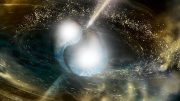


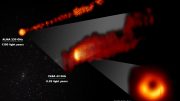
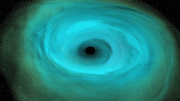
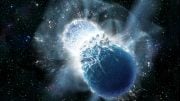


One of the aspect is clear that hydrogen(H),helium(He) and lithium(Li) content must follow the ratio of respective elements aviability ratio of Cosmos with proportionality.Thus presence of all heavy elements further can be subjected for test.As fòrmation of elements follow certain rules.
I suppose the part my mind rebels about conceptually is the “heavier” elements being projected out at relativistic speeds.
I’ve always imagineered “relativistic” speeds as being a significant near asymptotic approach to c, and have always thought that the reason c is the speed limit for matter during this phase of the universe’s development is because it BOTH
takes a near infinite amount of e to get m to c
AND
When m is made to go to c, it to is made to become a near infinite thing.